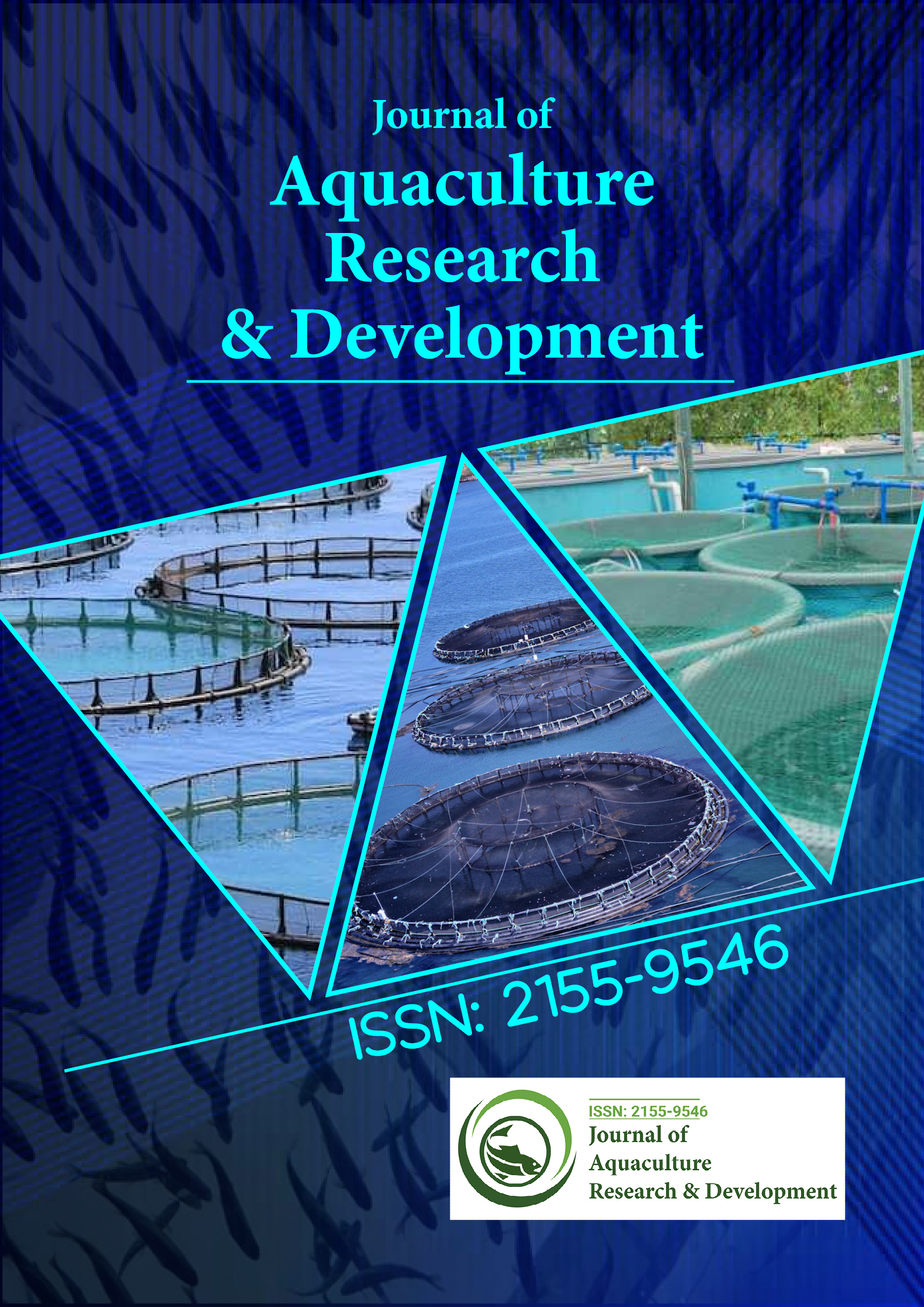Indexado em
- Acesso Online à Pesquisa em Meio Ambiente (OARE)
- Abra o Portão J
- Genamics JournalSeek
- JournalTOCs
- Scimago
- Diretório de Periódicos de Ulrich
- Acesso à pesquisa on-line global em agricultura (AGORA)
- Biblioteca de periódicos eletrônicos
- Centro Internacional de Agricultura e Biociências (CABI)
- RefSeek
- Diretório de Indexação de Periódicos de Pesquisa (DRJI)
- Universidade de Hamdard
- EBSCO AZ
- OCLC- WorldCat
- Scholarsteer
- Catálogo online SWB
- Biblioteca Virtual de Biologia (vifabio)
- publons
- MIAR
- Comissão de Bolsas Universitárias
- Euro Pub
- Google Scholar
Links Úteis
Compartilhe esta página
Folheto de jornal

Periódicos de Acesso Aberto
- Agro e Aquicultura
- Alimentos e Nutrição
- Bioinformática e Biologia de Sistemas
- Bioquímica
- Ciência de materiais
- Ciencias ambientais
- Ciências Clínicas
- Ciências Farmacêuticas
- Ciências gerais
- Ciências Médicas
- Cuidados de enfermagem e saúde
- Engenharia
- Genética e Biologia Molecular
- Gestão de negócios
- Imunologia e Microbiologia
- Neurociência e Psicologia
- Química
Abstrato
Espécies de Vibrio isoladas de peixes cultivados na cidade de Basra, no Iraque
Asaad MR Al-Taee, Najem R Khamees e Nadia AH Al-Shammari
Objetivo: Este estudo foi realizado para investigar a ocorrência de espécies potencialmente patogênicas de Vibrio em sete tipos de peixes coletados em fazendas de peixes localizadas em diferentes distritos na província de Basra, Iraque.
Métodos e resultados : Um total de 153 peixes vivos foi coletado de fazendas de peixes durante o período de janeiro a maio de 2016. As bactérias foram isoladas usando meio seletivo ágar tiossulfato citrato bile sacarose sal. Colônias presuntivas de Vibrio foram identificadas usando o sistema VITEK 2 e testes bioquímicos selecionados. No presente estudo, V. alginolyticus (24 de 60) foi a espécie predominante, seguida por V. cholerae (10 de 60), V. furnisii (10 de 60), V. diazotrophicus (7 de 60), V. gazogenes (5 de 60) e V. costicola (4 de 60). Os sinais de vibriose apareceram em três tipos de peixes, incluindo Cyprinus carpio, Coptodon zilli e Planiliza subviridius, apesar do uso de oxitetraciclina na maioria das fazendas de peixes.
Conclusão: Os resultados do presente estudo demonstraram a presença de espécies patogênicas de Vibrio em quase todas as fazendas de peixes. Então, os proprietários das fazendas devem se preocupar com a presença dessas bactérias patogênicas, que também contribuem para o risco à saúde humana, e devem adotar as melhores práticas de gestão para a aquicultura responsável para garantir a qualidade dos peixes.